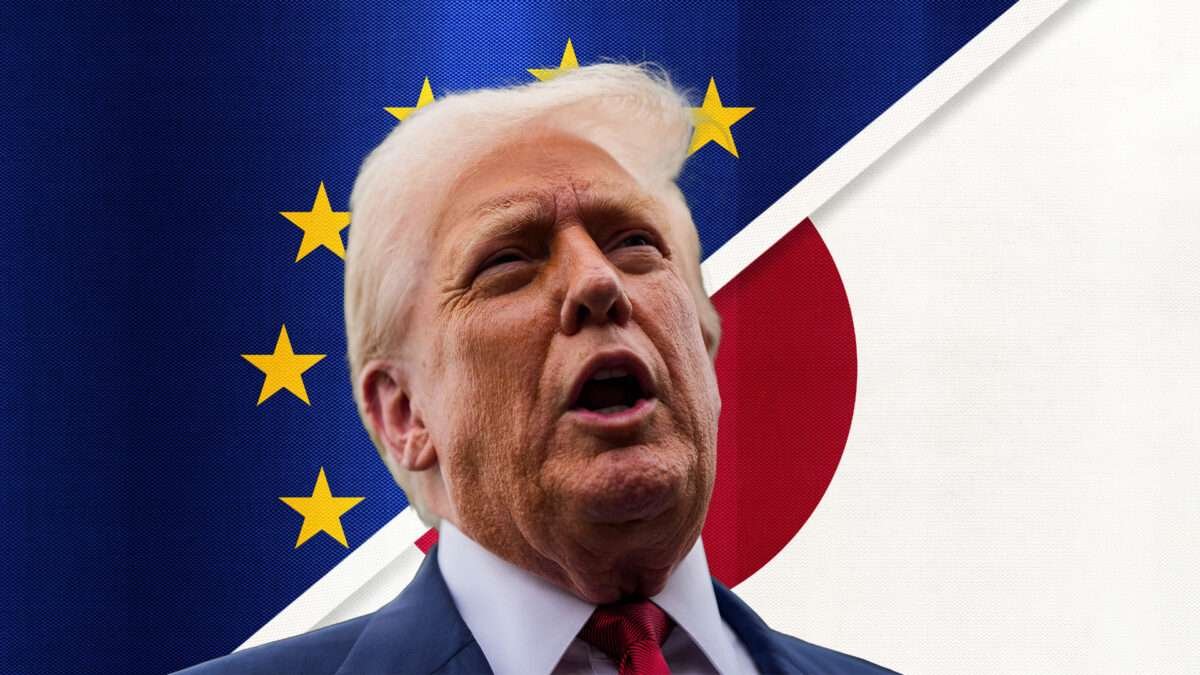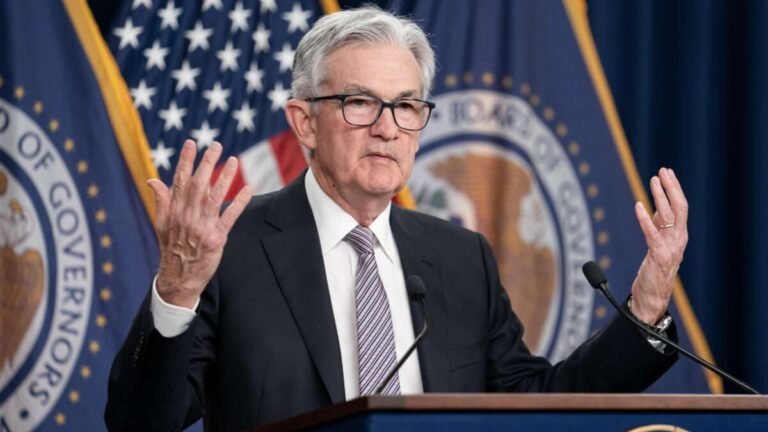
<a href="https://reason.com/2025/08/07/the-art-of-the-empty-trade-deal/" target="_blank">View original image source</a>.
The Trump administration is touting its recent trade deals with Japan and the European Union as monumental victories for American industry. And when I say monumental, I mean they’re claiming it’s “the largest trade deal in American history”—twice! But here’s the kicker: when you dig into the details, it turns out these bragging rights might just be a mirage. Critics are calling this a classic case of “vaporware,” especially since the finer points of these deals seem a little, shall we say, fuzzy?
The Japan deal promises a staggering $550 billion in investments, but while the White House buzzes with excitement, the Japanese cabinet notes it’s more about enabling loans than outright gifts. Meanwhile, the European Union deal is simply labeled as a non-binding framework—cue the sound of crickets. It’s like you ordered a steak, but all you got was the sizzle and some empty promises.
And let’s not forget the big kahuna that got tossed out the door: the Trans-Pacific Partnership, or TPP, which had detailed plans to eliminate thousands of tariffs and enhance trade relations. So why did we settle for these skeleton agreements? Maybe they thought the less detail, the less chance of anyone questioning the quality of the meat in our trade burger.
It raises the question: Are we ready to settle for these light-weight deals, or do we still want the hefty, meaty agreements that provide real benefits? It might be time to sharpen those negotiating knives again!
To get daily local headlines delivered to your inbox each morning, sign up for newsletter!

















